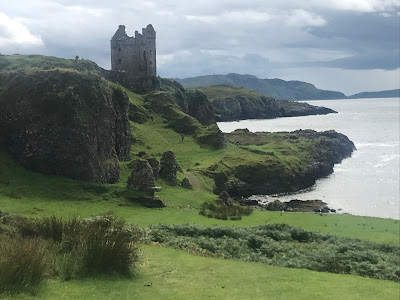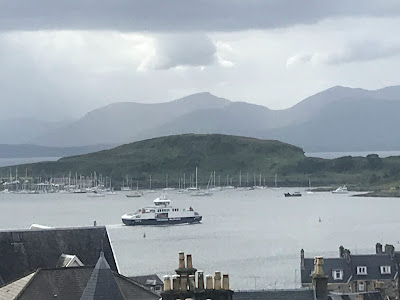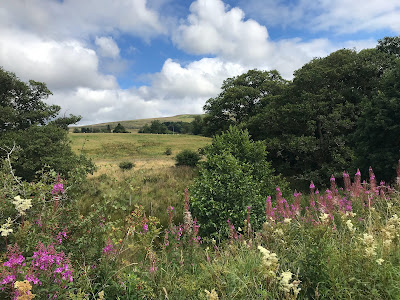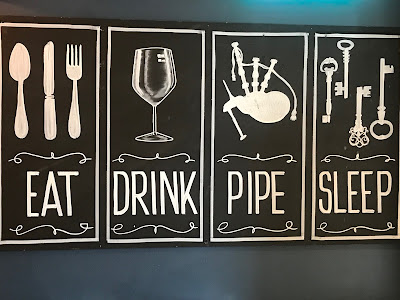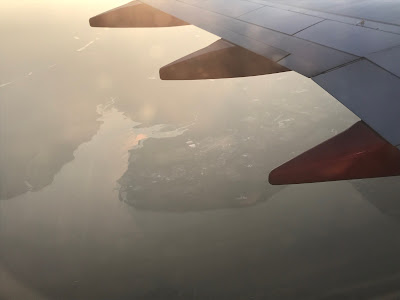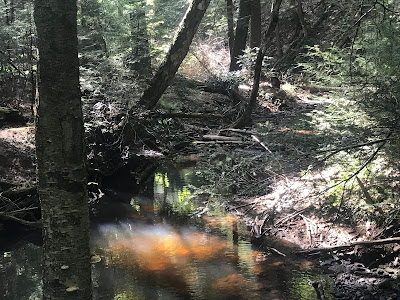Kerrera to the Rescue
One of the things I like best about travel is that it shakes you out of your routine. In fact, sometimes it flips you over and turns you upside down. But when it just jostles you a bit, the sensation can be pleasurable.
The main reason we traveled to Oban was to explore the Inner Hebrides. We were excited to see the birthplace of Christianity (Iona) and Fingal’s Cave (Staffa). Instead, as soon as we landed I learned that the ferry and boat tour was canceled. Bad weather was moving in.
After being in Scotland four days, I can safely say that bad weather is always moving in. But good weather is, too. And with Mull, Iona and Staffa out of the picture, we needed an island to explore.
Kerrera to the rescue! This small island is a five-minute ferry ride from Oban and basically car-free—a walker’s paradise. We skirted Horseshoe Bay, lunched at the Kerrera Tea Garden, and marveled at the ruins of Gylen Castle. We met some fascinating people. It was not what we planned to do, but it was just right.
